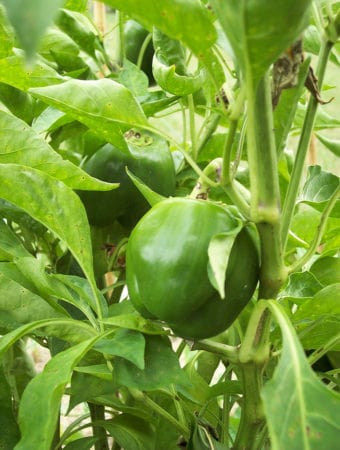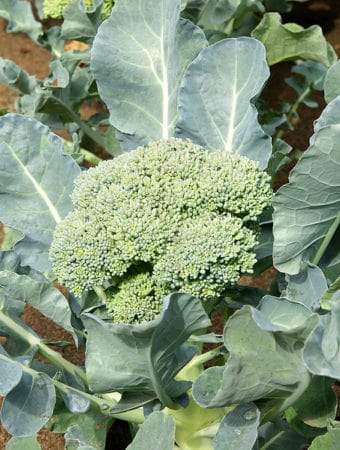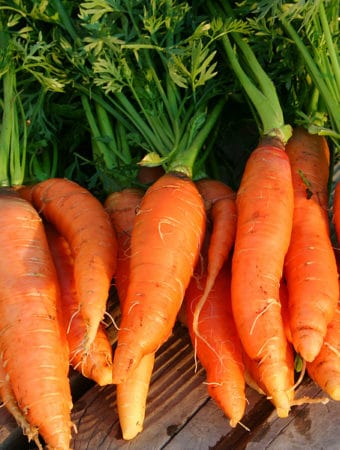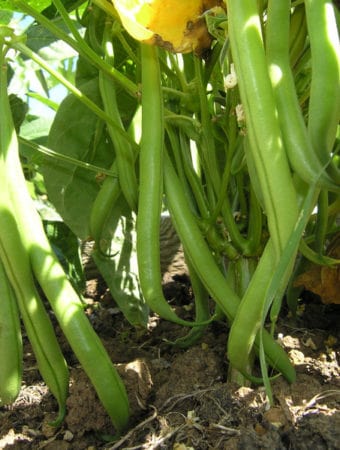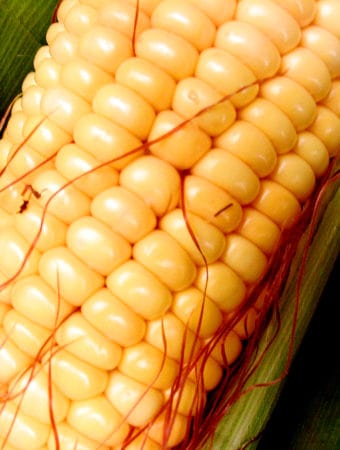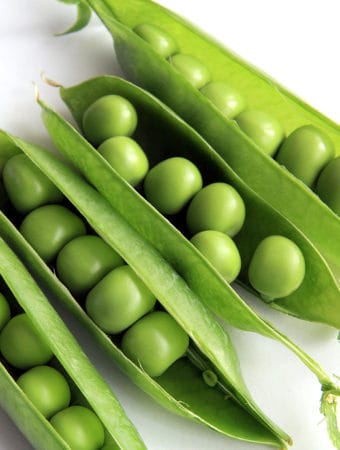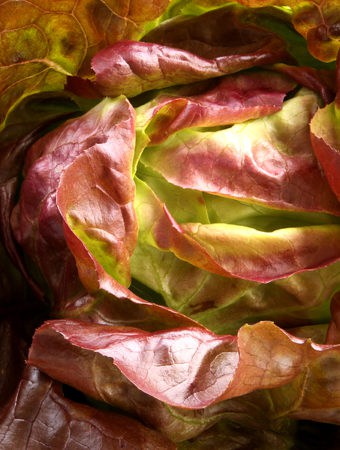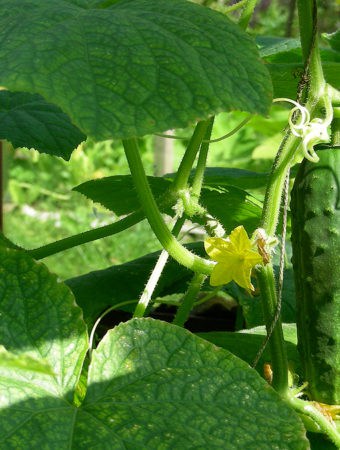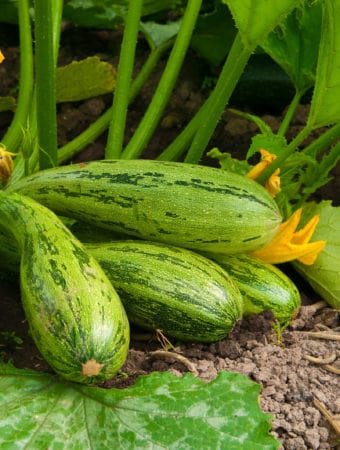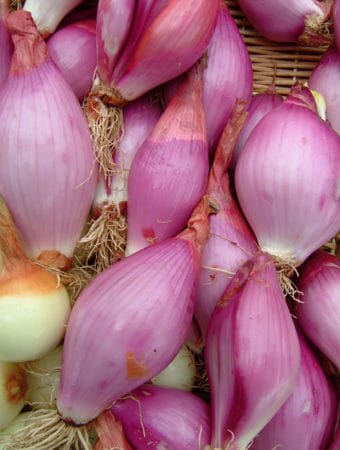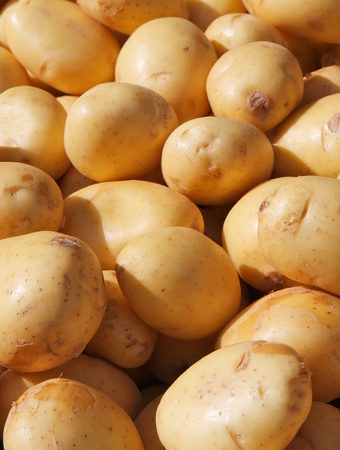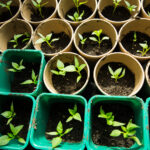Vegetable seeds can be sown outdoors directly in the garden as soon as the soil is workable in spring.
Here’s a test for workable soil: squeeze a handful of soil in the palm of your hand; when you open your hand if the soil remains a cold, wet clump, it is not workable. You should wait a few weeks to test again. But if the soil in your fist crumbles when you open your hand, it is workable–it’s safe to plant cool-season crops.
Tools for Vegetable Gardeners at Amazon:
- M. Leonard Straight Rake with Ash Handle
- All-Steel Nursery Spade with D-Grip Handle
- 4-Tine Spading Digging Fork with D-Handle
- Digital Soil pH Meter Outdoors Greenhouse
- Earthwise Handheld Electric Fertilizer Spreader
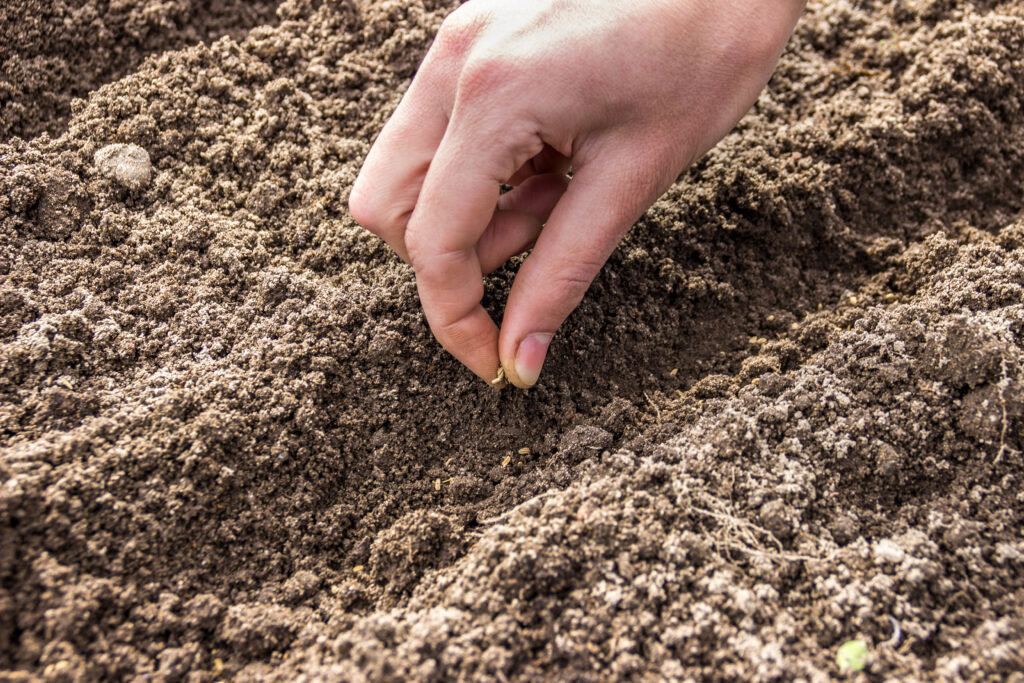
Outdoor seed-sowing schedule based on the last frost date
Here’s a quick outdoor seed-sowing schedule for spring. These suggestions are on the conservative side.
| Very Hardy | Hardy | Semi-hardy | Tender | Heat-loving |
|---|---|---|---|---|
| Sow 5-7 weeks before last frost | Sow 2-3 weeks before last frost | Sow 1-2 weeks before last frost | Sow on or just after last frost | Sow 2-3 weeks after last frost |
| Dill | Chervil | Beets | Beans | Cantaloupe* |
| Garlic | Coriander | Broccoli* | Corn | Cucumber |
| Leeks | Lettuce | Brussels sprouts* | Pumpkin | Lima beans |
| Onions (seeds/sets) | Mustard | Carrots | Summer squash | Eggplants* |
| Peas | Parsley | Cabbage* | Winter squash | Peanuts |
| Shallots | Turnip greens | Cauliflower* | Zucchini | Peppers* |
| Spinach | Chard | Sweet potatoes | ||
| Kale | Tomatoes* | |||
| Kohlrabi | Watermelon | |||
| Parsnips | ||||
| Potatoes | ||||
| Radish | ||||
* Best as transplants: start indoors 6 weeks before transplanting to the garden.
Use the last frost date to make your seed sowing schedule
The last frost date in spring is a common marker for sowing vegetables indoors and outdoors. Tender crops such as cucumbers, melons, and tomatoes, can not withstand a hard frost and should not be set in the garden until after the last frost. The last frost does not fall on the same calendar date each year (nature can be fickle). But an average last frost date can be determined from recent and historical weather records. You can learn the last frost date for where you live by consulting weather records online or speaking with a weather person at the nearby cooperative extension.
When you know the approximate date of the last spring frost where you live, you can plan indoor and outdoor seed sowing and when to transplant seedlings started outdoors into the garden. Seeds of hardy crops that can withstand frost and cold weather can be planted in the garden before the last frost. Tender crops that can not withstand frost, should be planted after the last frost has passed.
Hardy vegetables can withstand frost and will grow best in cool weather, coming to maturity before the weather turns hot. Tender crops can not withstand frost. If you plant tender crops and frost threatens, use a cloche or row cover to keep them warm.
Approximate date of last spring frost:_________________________
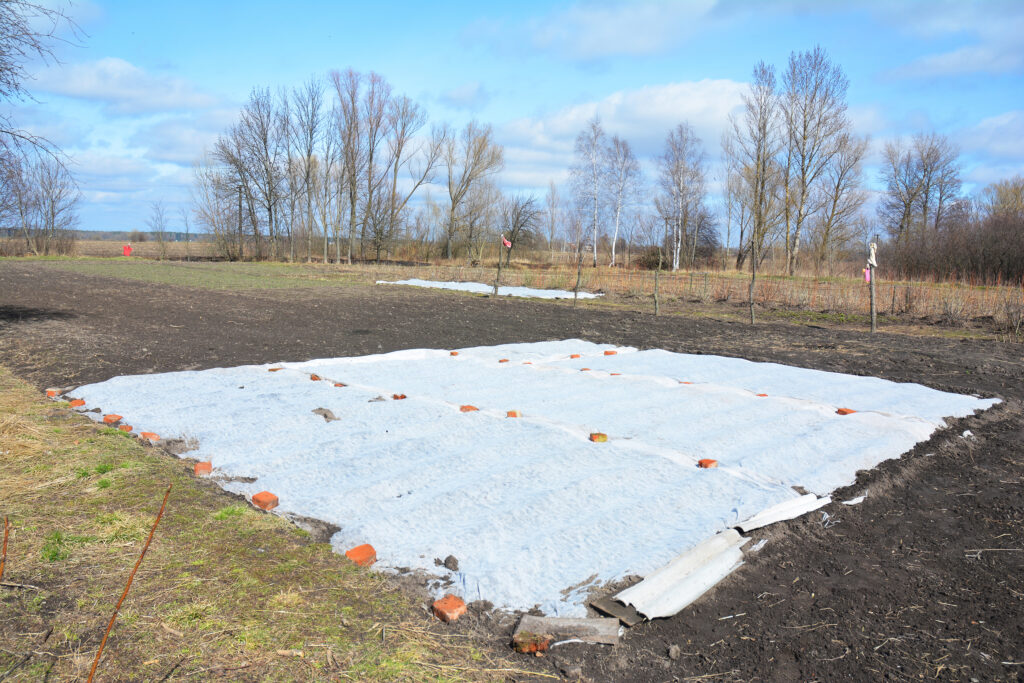
Pre-warm the soil before planting
Most vegetable seeds and seedlings require the soil to be 65°F to 75°F for germination and growth. Black or clear plastic sheeting or spun-poly horticultural cloth can be used to pre-warm the soil ahead of sowing seeds and transplanting seedlings in the garden. Pull the covering tight over the soil to eliminate as much air as possible; this will allow solar heat to be transferred directly to the soil. Plastic sheeting heated by solar energy can raise soil temperature by as much as 16°F on a cloudless day. Two weeks or more of pre-warming the soil is enough to get seeds and transplants started.
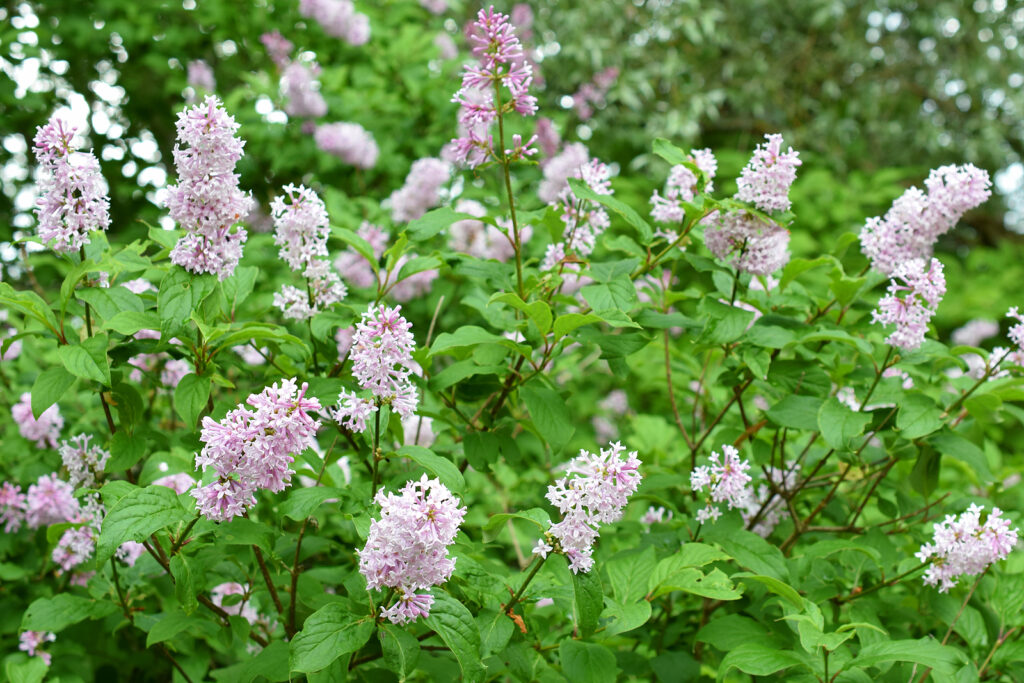
Planting by nature signals–phenology
Plant growth is determined in part by temperature and day length. When the temperature and day length is right for one plant it may be right for others. You can use perennial plants as natural indicators that conditions are right for planting vegetables. One of the most common indicators include leafing out, bud formation, and flower blooms of certain plants. One of the most widely used plant indicators is the lilac. When lilac leaves swell just beyond the leaf bud scale, it’s safe to plant cool-season plants such as peas, lettuce, and spinach. When lilacs are in full bloom–when nearly 100 percent of the plant’s flower clusters are fully open–it is safe to plant tender, warm-weather crops such as corn, tomatoes, and basil. (Tracking the regular cycles of plants and animals is called phenology–which comes from a Greek word meaning “science of appearances.”
Related articles:
How to Thin Vegetable Seedlings
Starting Vegetable Seeds Indoors and Out
Vegetables to Seed Start Indoors
Garden Planning Books at Amazon:
- Vegetable Garden Almanac & Planner
- Kitchen Garden Grower’s Guide Vegetable Encyclopedia
- Vegetable Garden Grower’s Guide
- Tomato Grower’s Answer Book
Grow 80 vegetables: THE KITCHEN GARDEN GROWERS’ GUIDE



